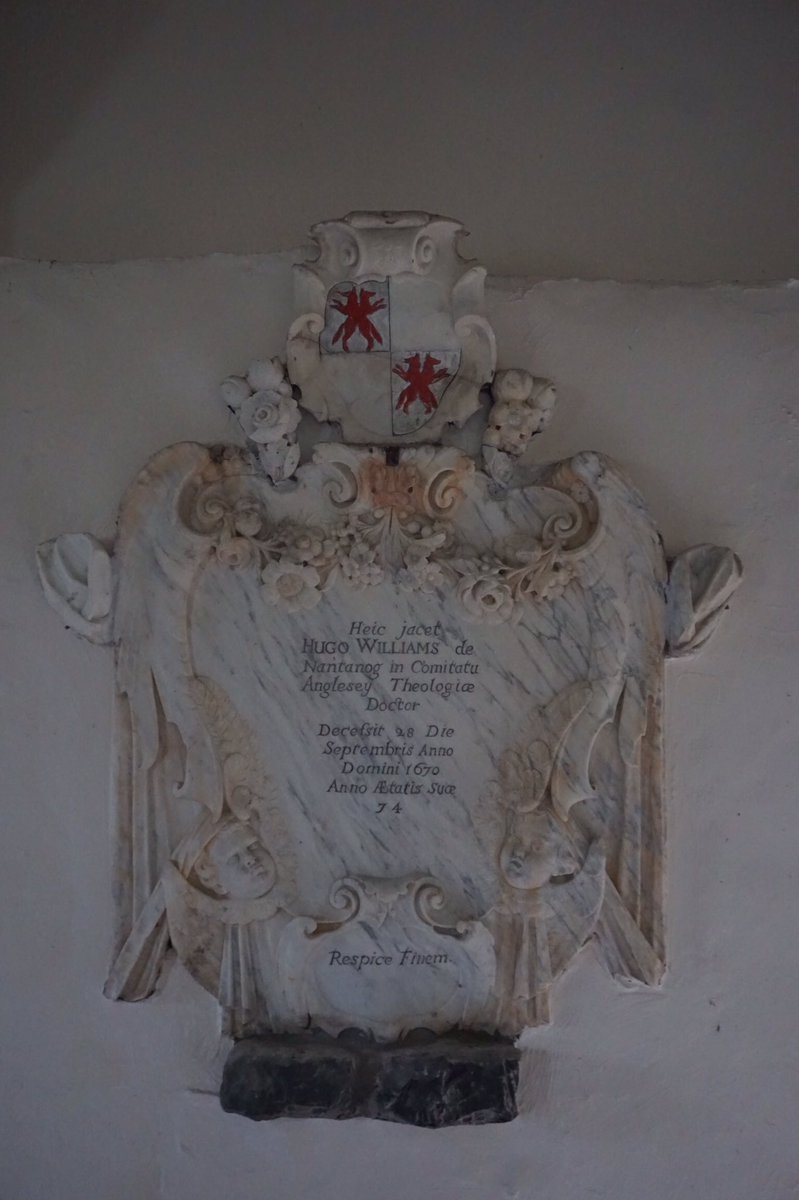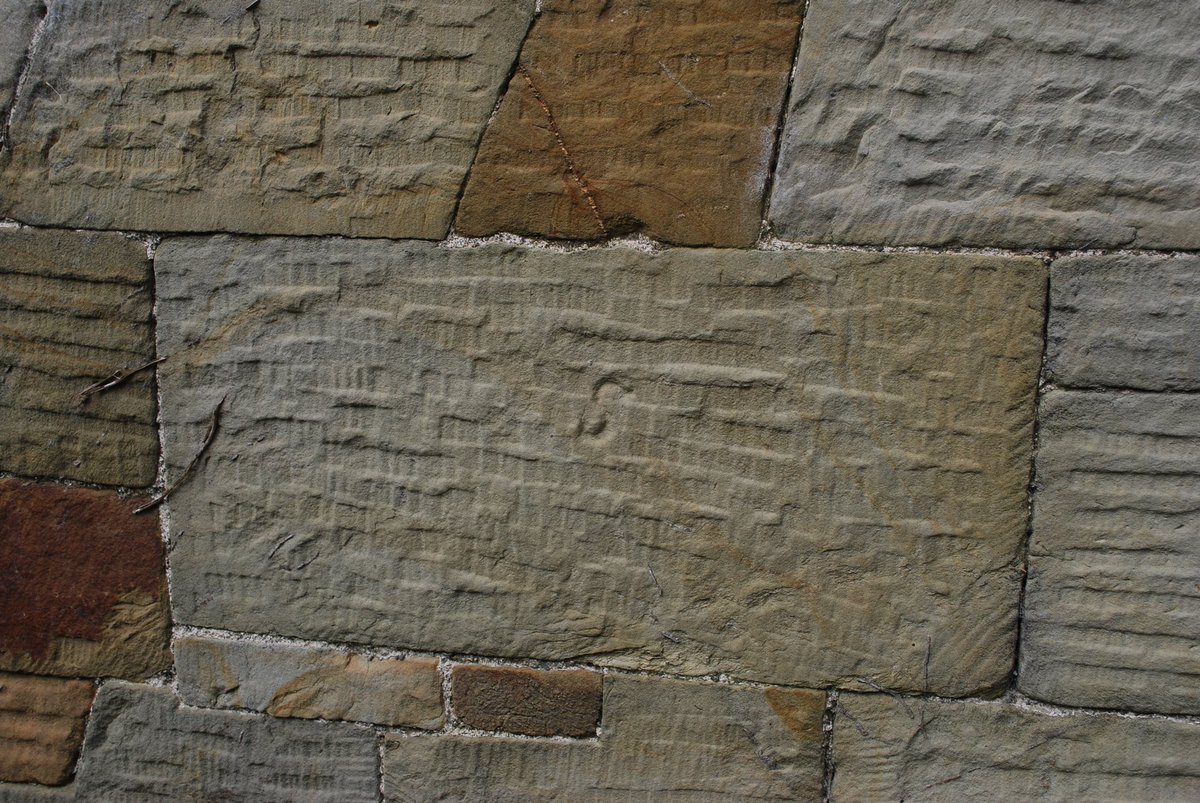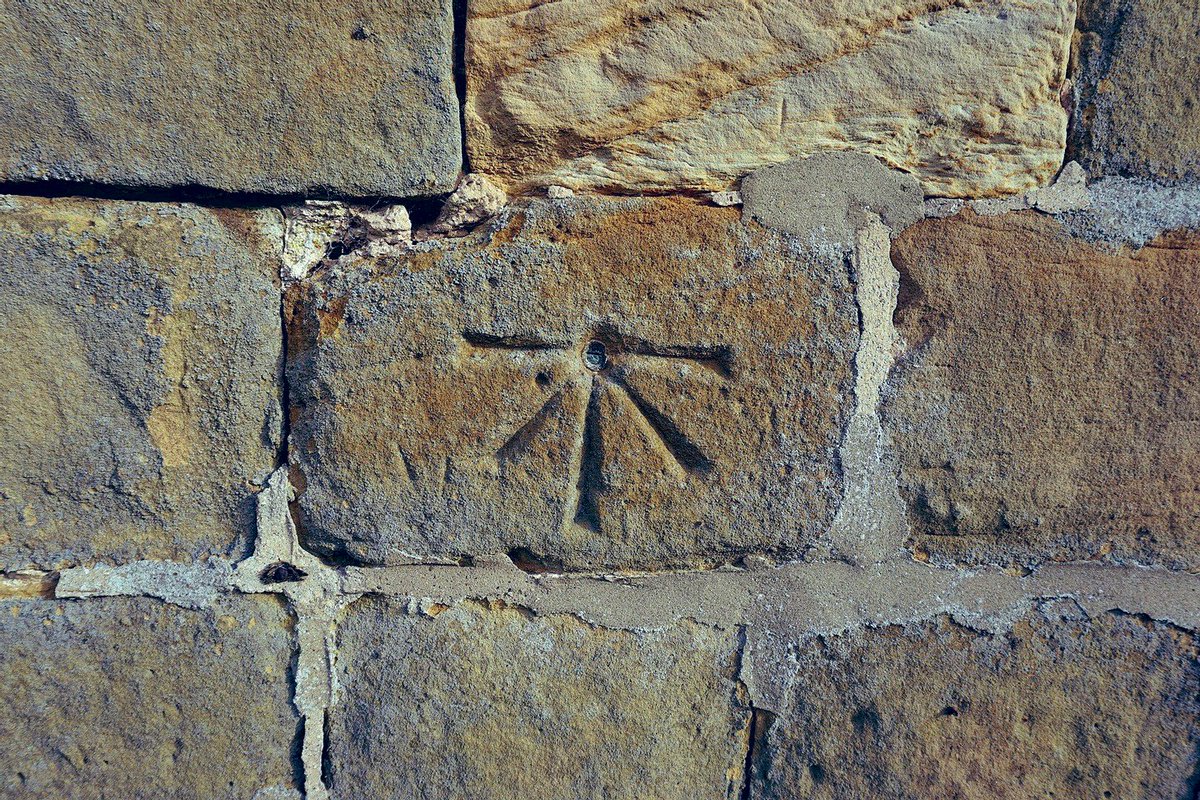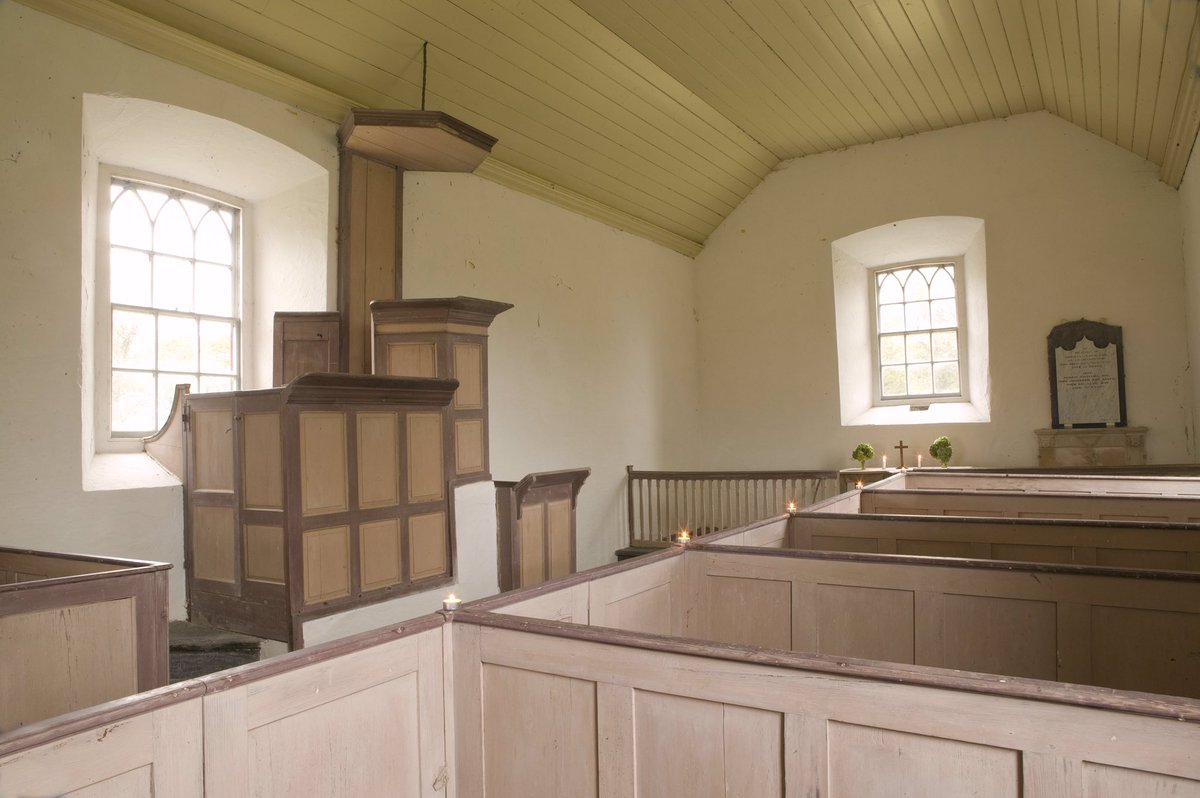
The ancient church at Llantrisant, Anglesey is tucked behind a farm. Among the plastered walls and panelled pews, is a marble Baroque monument. It dates to 1670 and commemorates Hugo Williams. It was erected by his son, William Williams, ‘a man of some dash and bravado’.
#thread
#thread

Born at Llantrisant in 1634, William Williams became named Speaker of the House of Commons – a role for which he felt himself to be eminently fitted. He became Treasurer of Gray’s Inn, for alongside his parliamentary career he continued a high-profile practice at the bar.
2/
2/

But his career was marked by sudden changes of allegiance - and hence gave rise to his nickname as 'the arch trimmer' – a person who fluctuates between political parties.
3/
3/
His support of the unpopular James II alienated many of his friends, especially after his nomination as the king’s Solicitor-General in 1687, the grant of a knighthood, and in 1688 a baronetcy.
4/
4/

As Solicitor-General Williams led for the Crown in James’s attack on the 7 Anglican bishops he imprisoned for refusing to co-operate in his religious policy… but, the bishops were triumphantly acquitted, Williams’s career was in tatters …and the king’s days were numbered.
5/
5/

But miraculously, Williams lived to fight another day. In 1689 he was elected MP for Beaumaris, Anglesey. By now, he was a prominent supporter of William III and Mary II – reversing he previously allegiance to James II, who had fled to France.
6/
6/

Nonetheless within a few years he fell out with his new sovereigns.
He died at his Gray’s Inn chambers in July 1700, and is buried at Llansilin in Denbighshire, where his mural monument can still be seen.
Read the full blog here: friendsoffriendlesschurches.org.uk/latest/the-arc…
7/
He died at his Gray’s Inn chambers in July 1700, and is buried at Llansilin in Denbighshire, where his mural monument can still be seen.
Read the full blog here: friendsoffriendlesschurches.org.uk/latest/the-arc…
7/
• • •
Missing some Tweet in this thread? You can try to
force a refresh

























